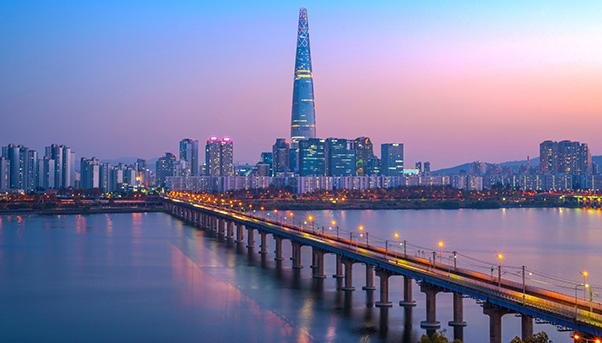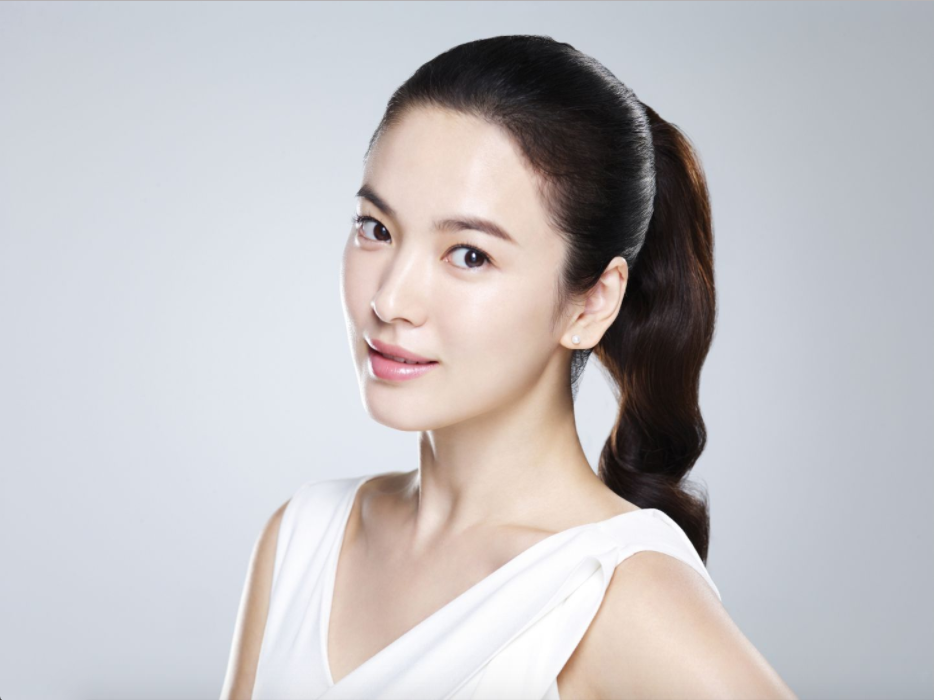Where Did the Double-Eyelid Surgery Come From?
Depending on who you are or where you’re from, you may not have heard of the “double-eyelid surgery.” Yet, officially known as a blepharoplasty, it is by far one of the most common plastic surgeries performed, and for many Asians, almost a rite of passage.
Growing up in Shanghai, I barely remember when the idea of an eyelid surgery was even introduced. It was always just sitting in the back of my mind. When I turned 18, however, it felt like I heard about it all the time. From childhood friends to cousins to girls I had grown up with in China, it seemed everyone was either considering or undergoing this surgery. It got me thinking: when did this phenomenon start and why?
Turns out, the history of it all is rather shocking. Embedded in deep racial stereotypes and the theory of yellow peril, the incentives for the procedure have implicitly persisted.
Dr. David Ralph Millard. Courtesy of the University of Miami.
Dr. David Ralph Millard—an American military plastic surgeon best known for his work on cleft lip and palate surgeries—was a pioneer of blepharoplasties. Back in the 1950s, during the Korean War, Millard would perform the surgery on Korean translators, sex workers, or brides of American soldiers. Translators wanted to appear more trustworthy to Americans. Sex workers wanted to appear more attractive to Americans. Brides wanted to appear less like a threat to Americans. Effectively affirming white supremacy and reflecting the unbalanced power dynamics between the U.S. and Korea at the time, Millard believed the way to “help” these Korean people was by making them look more American.
The monolid, he claimed, “gives the effect of an expressionless eye sneaking a peep through a slit, a characteristic which through fact and fiction has become associated with mystery and intrigue.”
There’s more.
According to Millard, “The absence of the palpebral fold produces a passive expression which seems to epitomize the stoical and unemotional manner of the Oriental.” In other words, Millard and his counterparts deemed Asian people as emotionally inferior because of how their eyes looked.
The language used by Millard combined with the context for which the “double-eyelid” surgery was popularized traced back to early beliefs of anti-Asian hate and xenophobia.
Seoul today. Courtesy of We Digital Magazine.
While Asian people today do not explicitly want the “double-eyelid” surgery to look more Western, the historical roots of the procedure, nonetheless, shape modern-day trends and norms. Having learned this history, I can’t help but feel conflicted. On the one hand, Seoul has become the go-to place for plastic surgery and Korean skincare has won worldwide recognition –a development that I doubt Millard and his counterparts expected. On the other hand, one in three women go through some sort of plastic surgery, a trend that can partially be owed to the legacy of historical racism.
K-beauty has become renowned for hydrated and clear skin. Courtesy of Foreo Sweden.
As of now, I think it is important to affirm that this history should by no means make people who want the “double-eyelid” surgery feel disgraceful. Rather, it is worthwhile to reflect upon how this surgery’s history is yet another example of the extent to which Eurocentric values are entrenched in today’s standards of beauty.
Featured image courtesy of Allure Plastic Surgery.



